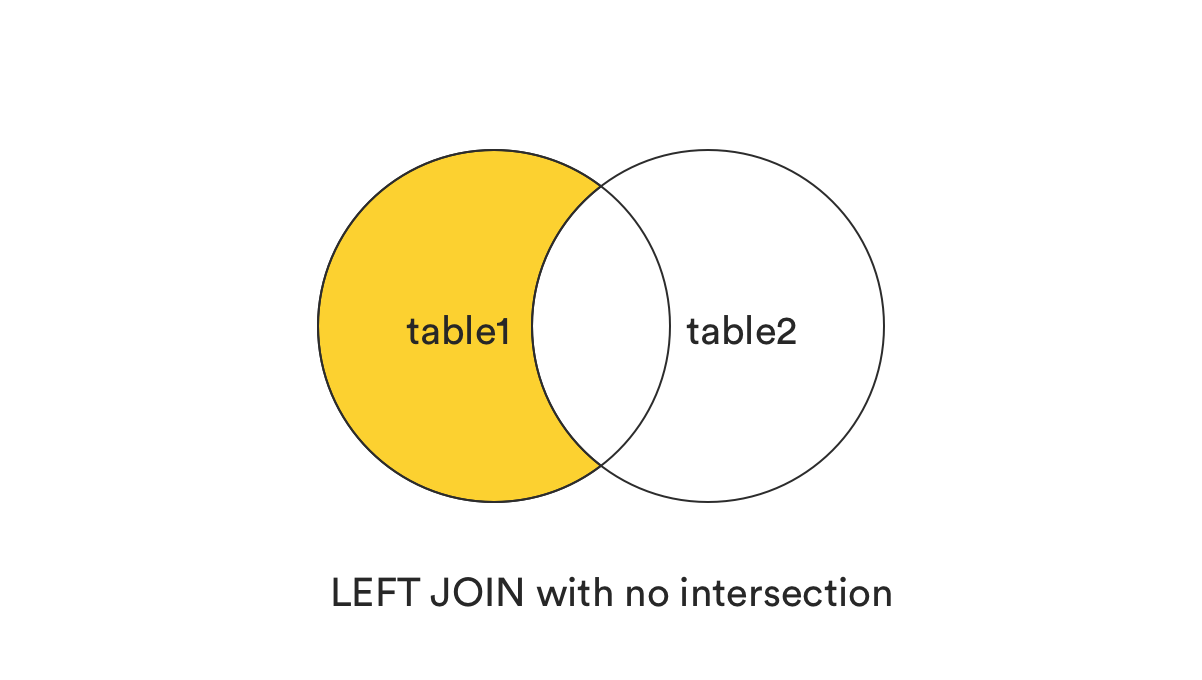

The columns of the cartesian product dataset are, in Join-constraint used to connect the tables or subqueries together.Īll joins in SQLite are based on the cartesian product of the left and Then the contents of all tables and/or subqueriesĪre joined into a single dataset for the simple SELECT statement to operate on.Įxactly how the data is combined depends on the specific join-operator and If there is more than one table or subquery in FROM clause

If there is only a single table or subquery in the FROMĬlause, then the input data used by the SELECT statement is the contents of the Each column of the subquery has theĬollation sequence and affinity of the corresponding expression Handled as if it was a table containing the data returned by executing the In the table-or-subquery following the FROM clause in a In parentheses) specified following the FROM keyword. Operates comes from the one or more tables or subqueries (SELECT statements If a FROM clause is specified, the data on which a simple SELECT query Input data is implicitly a single row zero columns wide (i.e. If the FROM clause is omitted from a simple SELECT statement, then the

The input data used by a simple SELECT query is a set of N rows Determination of input data (FROM clause processing) Otherwise, if a simple SELECT contains no aggregateįunctions or a GROUP BY clause, it is a non-aggregate query.Ģ.1. It contains either a GROUP BY clause or one or more aggregate functions A simple SELECT statement is an aggregate query if There are two types of simple SELECT statement - aggregate and The set of result rows is computed by aggregating the data according toĪny GROUP BY clause and calculating the result-set expressions for theĭISTINCT/ALL keyword processing: If the query is a "SELECTĭISTINCT" query, duplicate rows are removed from the set of result rows. GROUP BY, HAVING and result-column expression processing: WHERE clause processing: The input data is filtered using the WHERE The input data is either implicitly a single row with 0Ĭolumns (if there is no FROM clause) or is determined by the FROM Statement is presented as a four step process in the description below:įROM clause processing: The input data for the simple SELECT isĭetermined. Generating the results of a simple SELECT In practice, most SELECT statements are simple SELECT statements. Select-core and simple-select-stmt syntax diagrams below. The core of a SELECT statement is a "simple SELECT" shown by the In practice neither SQLite nor any other SQL engine is required to follow It is important to keep in mind that this is purely illustrative.
#Sqlite inner join order by series#
The way the data returned by a SELECT statement is determined as a series of To make the description easier to follow, some of the passages below describe The SELECT statement is the most complicated command in the SQL language. These and other similar syntax restrictions are described in the text. The WITH clause must occur on the first SELECT of a compound SELECT.Just a VALUES clause cannot be preceded by a WITH clause. That uses a WITH clause, but a simple SELECT that consists of A VALUES clause can be the first element in a compound SELECT.Note that there are paths through the syntax diagrams thatĪre not allowed in practice. GROUPS BETWEEN UNBOUNDED PRECEDING AND UNBOUNDED FOLLOWING RANGE ROWS UNBOUNDED PRECEDING expr PRECEDING CURRENT ROW expr PRECEDING CURRENT ROW expr FOLLOWING expr PRECEDING CURRENT ROW expr FOLLOWING EXCLUDE CURRENT ROW EXCLUDE GROUP EXCLUDE TIES EXCLUDE NO OTHERS


 0 kommentar(er)
0 kommentar(er)
